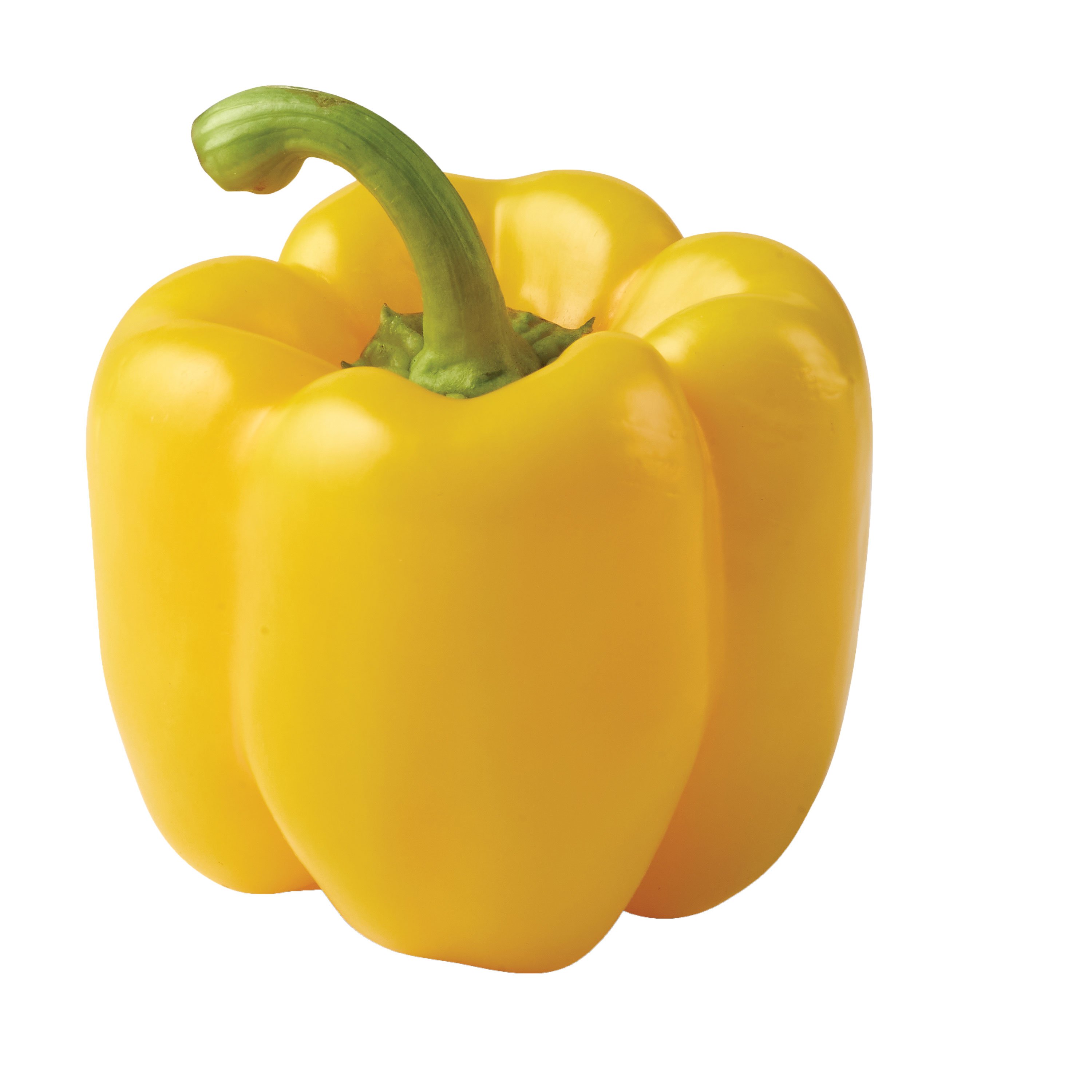The yellow bell pepper plant, a member of the nightshade family, is a vibrant and versatile vegetable that adds a burst of flavor and nutrition to countless dishes. With its sweet and mild taste, it is a popular ingredient in cuisines worldwide.
Yellow bell peppers are not only delicious but also packed with essential vitamins and minerals. They are an excellent source of vitamin C, an antioxidant that supports immune function and skin health. Additionally, they contain a significant amount of vitamin A, which is crucial for vision and cell growth.
Yellow Bell Pepper Plant Characteristics

Yellow bell pepper plants are a popular variety of bell pepper, known for their vibrant yellow color and sweet, mild flavor. They are relatively easy to grow and can be cultivated in various climates.
These plants typically grow to a height of 2-3 feet and have a bushy, upright growth habit. The leaves are dark green and have a slightly wrinkled texture. Yellow bell peppers are typically blocky or bell-shaped and can range in size from 3 to 5 inches in diameter. The fruits start as green and gradually turn yellow as they ripen.
Ideal Growing Conditions
Yellow bell pepper plants thrive in well-drained, fertile soil with a pH between 6.0 and 6.8. They require full sun for at least 6 hours per day and regular watering, especially during hot, dry weather. Mulching around the plants helps retain moisture and suppress weeds.
Care and Maintenance, Yellow bell pepper plant
To ensure optimal growth and productivity, yellow bell pepper plants should be fertilized regularly with a balanced fertilizer. Pruning is also beneficial, as it encourages bushier growth and improves fruit production. Additionally, it’s essential to protect the plants from pests and diseases by using appropriate pest control methods and practicing good sanitation in the garden.
Yellow Bell Pepper Plant Cultivation
Yellow bell pepper plants can be cultivated through various methods, including seed propagation and cuttings. Seed propagation is a widely adopted technique for growing yellow bell peppers.
Seed Propagation
Growing yellow bell pepper plants from seeds involves several steps:
1. Seed Preparation: Before planting, soak the seeds in lukewarm water for 12-24 hours to enhance germination.
2. Planting Depth and Spacing: Sow the seeds 1/4 inch deep in a well-drained seed starting mix. Space the seeds 2-3 inches apart to provide adequate room for growth.
3. Optimal Time for Transplanting: Transplant the seedlings outdoors when they have developed 2-3 sets of true leaves, typically around 6-8 weeks after sowing.
4. Outdoor Spacing: Plant the seedlings 18-24 inches apart in rows spaced 2-3 feet apart to ensure optimal growth and air circulation.
Yellow Bell Pepper Plant Uses
Yellow bell peppers, with their vibrant hue and sweet, slightly tangy flavor, offer a versatile addition to various culinary creations. Their culinary applications extend beyond their vibrant appearance, as they also contribute to the nutritional well-being of those who consume them.
Culinary Uses
The versatility of yellow bell peppers in the kitchen is remarkable. They can be enjoyed raw, roasted, grilled, or sautéed, adding a burst of color and flavor to salads, sandwiches, pizzas, and stir-fries. Their mild, slightly sweet taste complements a wide range of ingredients, making them a favorite among chefs and home cooks alike.
Examples of recipes that showcase the unique flavor of yellow bell peppers include:
- Roasted Yellow Bell Pepper Soup: A creamy and flavorful soup that highlights the natural sweetness of bell peppers.
- Yellow Bell Pepper and Onion Stir-Fry: A quick and easy dish that combines the crunch of bell peppers with the savory flavors of onions.
- Stuffed Yellow Bell Peppers: A hearty and versatile dish that can be filled with a variety of ingredients, such as rice, meat, or vegetables.
Nutritional Value
Yellow bell peppers are not only delicious but also packed with essential nutrients. They are an excellent source of vitamin C, which supports the immune system and helps protect against oxidative stress. Additionally, they are a good source of vitamin A, potassium, and fiber, which contribute to overall health and well-being.
Studies have shown that consuming yellow bell peppers may offer potential health benefits, including reducing the risk of chronic diseases such as heart disease and cancer. Their high antioxidant content helps neutralize harmful free radicals in the body, protecting cells from damage.
The yellow bell pepper plant, known for its vibrant hue and sweet flavor, is a popular choice among gardeners. If you’re looking for a reputable source for your yellow bell pepper plants, consider visiting a plant nursery in Nashua, NH . These nurseries offer a wide variety of bell pepper plants, including the yellow variety, ensuring you find the perfect plants for your garden.
With their expertise and commitment to quality, these nurseries will provide you with healthy and productive yellow bell pepper plants.
The yellow bell pepper plant, with its vibrant hue, is a culinary staple. While it shares the nightshade family with the red passion fruit plant , their flavors and uses are vastly different. Unlike the tart and juicy red passion fruit, the yellow bell pepper offers a sweet and crisp crunch, making it a versatile ingredient in both raw and cooked dishes.
Yellow bell pepper plants, known for their vibrant hue, require specific nutrients to thrive. Sulphur is one such crucial element that aids in chlorophyll production and overall plant health. For optimal growth, consider incorporating sulphur dust for plants into your soil.
This dust provides a readily available source of sulphur, promoting robust growth and enhancing the plant’s resistance to pests and diseases.
